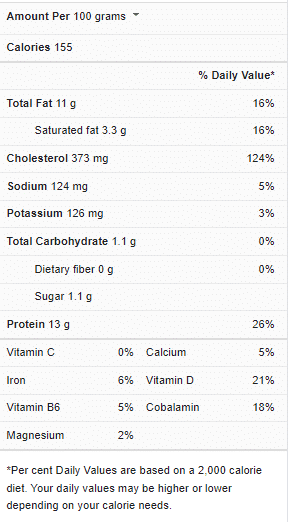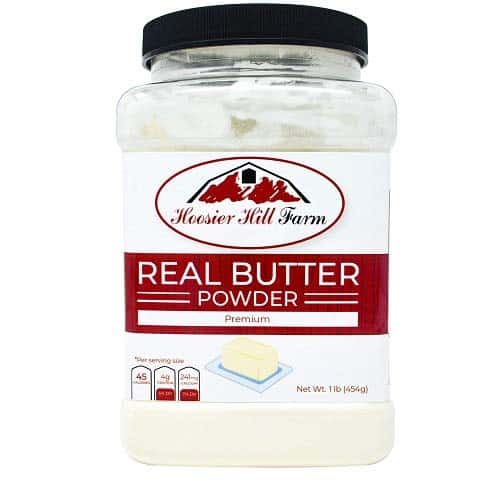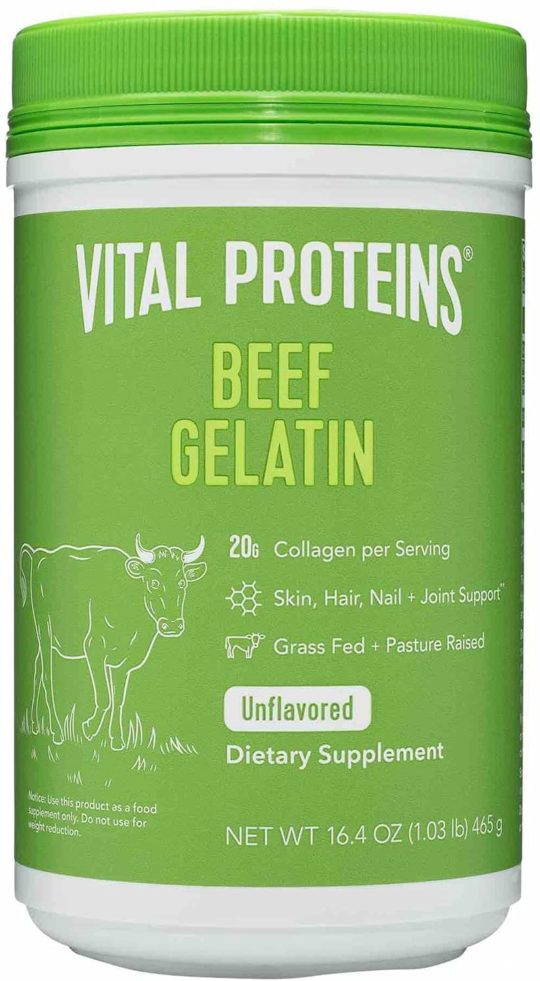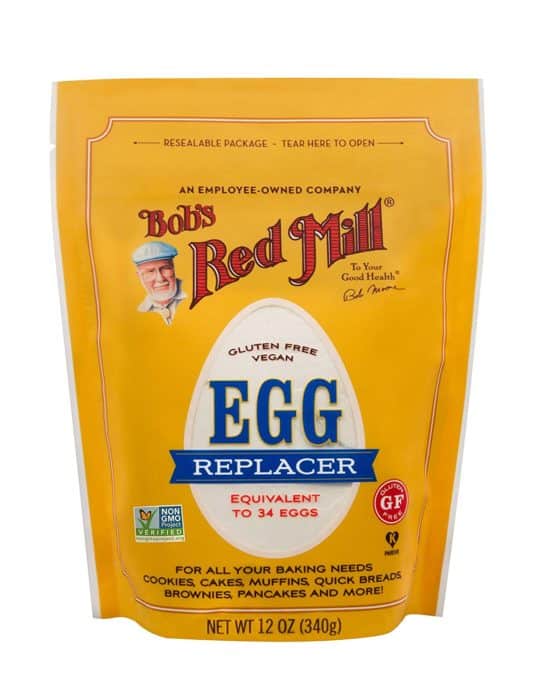The egg is a highly proteinous food used in sweet and savory dishes and many baked goods. Every part of the egg is important and has different purposes in cooking. The albumen (egg white), and on some rare occasions, eggshells are all used to achieve different aims but can also be beaten together as a whole to use in some recipes.
Egg in breading chicken nutrition facts

For example, eggs can be used in cooking as boiled, fried, scrambled, omelets, or pickled, depending on what the recipe calls. Eating eggs raw is frowned against, especially for older people and pregnant women susceptible to a bacteria present in raw eggs known as salmonella. The protein in a raw egg is only 51 percent bioavailable, but that of a cooked egg is around 91 percent, which means the protein in cooked eggs is almost twice as absorbable as that of raw eggs.
Uses of eggs in recipes
Eggs have different purposes in your recipes, whether you’re cooking or baking. And understanding how the fat and protein in eggs react with other ingredients and components of your recipe will help you understand the outcome of your recipe.
Eggs are used to add structure to baked goods like cakes, make pastries fluffy, and make baked goods and foods chewy. They’re also used to prevent baked goods from falling apart or breaking after preparation. And thanks to the fats in the yolk, foods develop a richer flavor than when made without eggs. Eggs are used in so many recipes around the world, some of which are;
- Feta and caramelized onion quiche
- Hanoi style eggs
- Okra and egg curry
- Pea soup
- Turmeric boiled egg curry
- Mud crab omelet
- Buckwheat pancakes and fried eggs
- Green frittata
- Momofuku soy sauce eggs
- Dan Dan rice
- Arrabiata souffle frittata
- Soft egg salad
- Spaghetti bolognese
- Huevos rancheros with beans
Egg in breading chicken
Breading is the process of covering the chicken with breadcrumbs, cracker crumbs, or even nuts. Chicken is dipped in beaten egg and then breadcrumbs, or first into flour to absorb the moisture and then into beaten eggs and finally into breadcrumbs. Such chicken is fried in plenty of hot oil, turning a rich golden color with a crispy consistency. Breading is also used for fish, meat, and vegetables.
The egg is used to add moisture to the chicken. If your chicken is dry, dipping in or coating with bested egg before dipping in flour helps add moisture to the chicken, making it tender and chewy. It’s also used to hold the ingredients together. When you bread chicken without egg and you fry, the breadcrumbs will fall off and scatter in the oil, and the chicken will be left plain, depriving you of your breaded, crispy chicken.
If the chicken is wet, the egg is still essential in holding the moisture in, so it won’t lose its moisture content while cooking and become drier than expected. The moisture content also helps the chicken retain and improve its flavor and texture.
Egg also adds and enhances the flavor and color of the breaded chicken. The yolk in the egg combines with the brownish golden color of your crumbs to produce a rich deep golden color after frying the breaded chicken.
Substitutes for egg in breading chicken
Egg performs essential purposes in breading chicken and is part of the standard arrangement of this procedure. Still, we won’t always have an egg at our disposal, or we might want or need to try something different from the usual. Below are some replacements you can try if you’re feeling less creative by constantly using eggs.
Butter
This is the simplest and most popular substitute for the egg when breading chicken. It’s not a healthy option, but low-fat, heart-healthy butter can be used. Prepare your batter the normal way, then rub the melted butter evenly over the chicken, not a lot of butter but enough to cover the chicken properly as any spot without butter will lose the batter while cooking. After covering the chicken with butter, coat with the batter as you normally do and cook.
This method is for light batter coating your chicken as melted butter can only be used as a light covering. For a heavy covering and batter coating, after covering the chicken with melted butter, coat with a thin layer of flour, knock off excess flour, then coat with your heavy batter. This helps the batter stay for a longer time and firmer than with the light covering.
Heavy cream
This is another good substitute for egg in breading chicken. One downside is that it’s fattening, but you’ll get your perfect egg substitute. It’s used the same way as an egg; first, you dip the chicken in flour to cover it, then dip in heavy cream, then breadcrumbs. Heavy cream binds the other ingredients to the chicken as it fries and makes the outer layer adhere better.
Gelatin
This is a dairy-free and vegan option. When cooked, gelatin isn’t as sticky as egg or heavy cream but won’t alter the taste of the chicken and is easy to apply. You’ll need first of all to put the gelatin in water for about five minutes, just sitting in the water, then you heat it. When you realize the water is beginning to get hot, mix the gelatin in the water till it dissolves, then bring it off the heat and let it cool off before you begin to coat the chicken with it. This substitute works well in holding the breadcrumbs in place while it fries.
Egg replacer
This ingredient is made from potatoes, tapioca, cellulose gum, and leavening and comes very close to a real egg in taste but as a last resort option. It leaves the chicken a bit patchy as it wouldn’t stay properly on the chicken, and if it doesn’t stay well on the chicken, the batter and breadcrumbs won’t stay well on it. This is why we called this the last resort substitute, and it’s better than not having anything at all.
Milk
This is another last resort binder and is already a go-to for people who cook without eggs. Just coat your chicken with the milk and then add the breadcrumbs or batter, it doesn’t bind well, but I’d rather have this than have nothing, even if it’ll leave me with a patchy-looking chicken.
Frequently asked questions (FAQs)
Will breadstick to chicken without egg?
Yes, your bread or breadcrumbs will stick without eggs. Eggs are not the only ingredients used to bind breadcrumbs, bread, or batter to chicken. You can also use applesauce, mayonnaise, tomato paste, water, or oil to glue your bread to the chicken.
How do you get breading to stick to chicken?
The best to do this is to dry the surface of the chicken and then create a glue-like surface with flour, egg blend, or any other egg substitute in breading chicken, which makes the breadcrumbs stick to the surface, creating a crispy covering that keeps the meat moist.
How do you keep chicken breading from falling off?
Make sure to shake off excess flour on the chicken, as excess flour will create a coating that stops the egg or its other alternatives mixture from sticking to the chicken. And that, in turn, will cause the breading to fall off the chicken.
Conclusion
These are some of the binders we came up with depending on factors that might determine the absence of egg for breading your chicken. But you may not want to eat eggs, need to stay away for your health, or can’t immediately get your hands on one while you need it. Now you have a few other options you can try.




